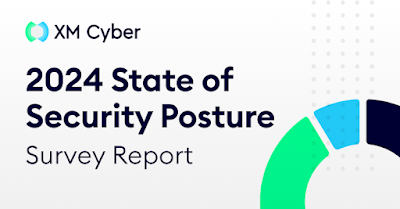It Costs How Much?!? The Financial Pitfalls of Cyberattacks on SMBs
May 06, 2024Security Operations Center
Cybercriminals are vipers. They're like snakes in the grass, hiding behind their keyboards, waiting to strike. And if you're a small- and medium-sized business (SMB), your organization is the ideal lair for these serpents to slither into. With cybercriminals becoming more sophisticated, SMBs like you must do more to protect themselves. But at what price? That's the daunting question many SMBs are forced to ask. Amidst your everyday challenges, the answer seems obvious: forgo investing in a robust cybersecurity solution for the time being. However, the alternative is to cross your fingers and hope hackers don't find you. That, of course, isn't the most prudent strategy, as the uncomfortable truth is threat actors now see your organization as a quick path to profit. Therefore, if your defenses are weak—or just not there—these digital crooks are likely to disrupt your operations, access sensitive data, and extort a heavy ransom. In this article, we'll explore the financial burdens









